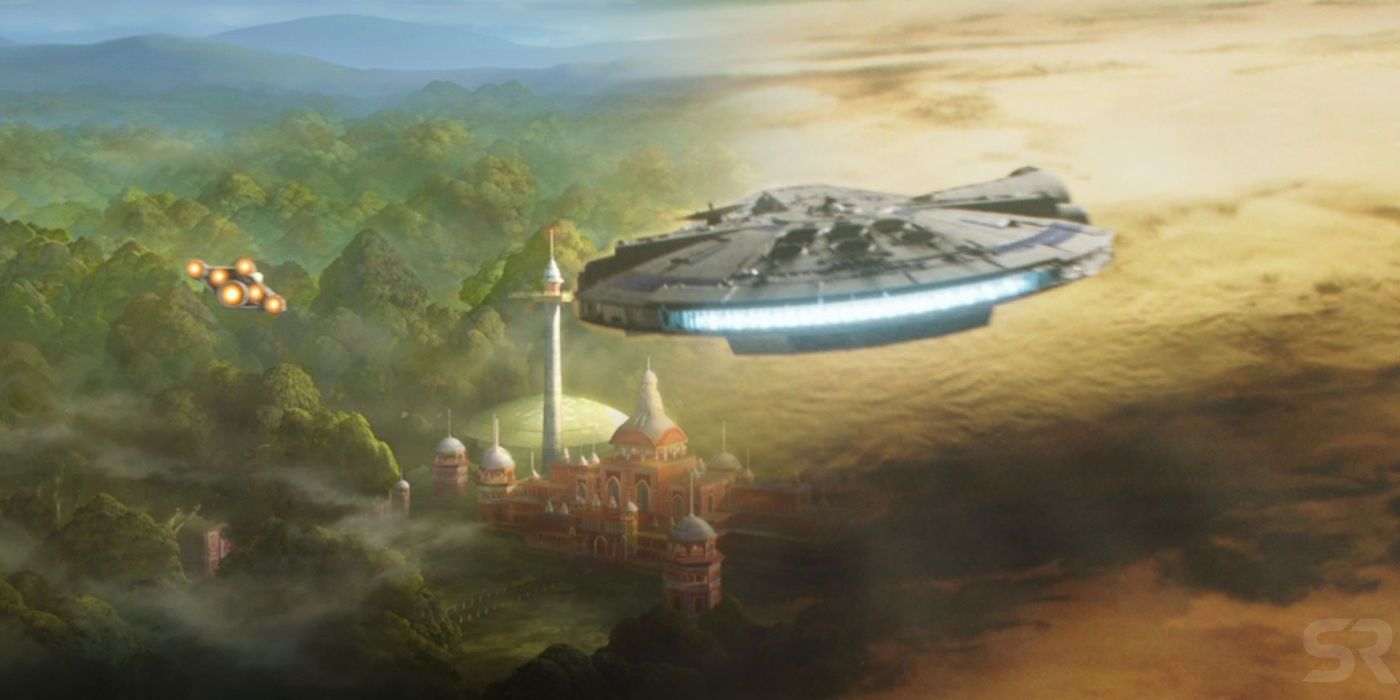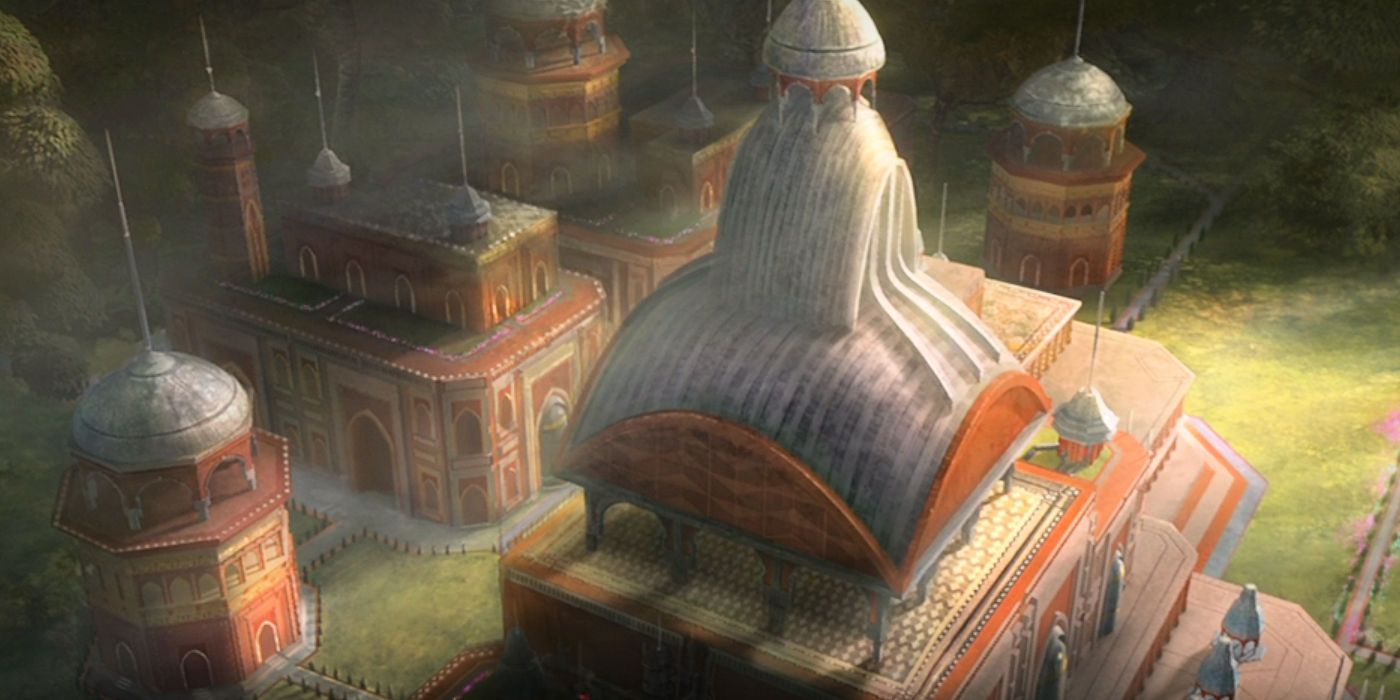Star Wars: The Clone Wars season 7, episode 6 gave fans a new perspective on the planet Kessel. Ahsoka Tano's adventures after the Jedi Order has led her to one of Star Wars' eldest worlds, including Kessel, which has been a part of the franchise since the very first Star Wars movie in 1977. A unique planet, Kessel was defined by its dark, dirty spice mines and lifeless exterior, but The Clone Wars unveiled a much cleaner, civilized side of the planet not yet seen up to this point. The show even hinted at its class and economic structure in the process.
Kessel has only been explored on a handful of occasions. First name-dropped in George Lucas' Star Wars, with Han Solo using it to highlight how fast the Millennium Falcon was, Kessel was established as a seedy location. It later reappeared in Solo: A Star Wars Story, with the young Han Solo actually making the famed Kessel Run in less than 12 parsecs. Kessel itself is characterized as a dingy mining operation run by the villainous Pyke syndicate. The lack of vegetation and clean air fits its less than stellar reputation. And while these descriptors aren't inaccurate, they do leave out the opposite side of the story.
In Clone Wars season 7, episode 6, "Deal No Deal", Ahsoka Tano and the Martez sisters take a trip to Kessel, where Rafa has organized a spice running job. When they arrived on the planet, there weren't any mines to be seen, only lush forests with stunning architecture. The skies were blue with sparse clouds; it looked quite different from what audiences had seen prior, especially in Solo. It turns out, the ruling class used their wealth to distance themselves from the ugly reality that was the rest of the world. The profitability of war and illegal trades have become common themes in Clone Wars season 7, and the animated series has shown exactly who has been benefiting from the war.
Overall, Clone Wars season 7, episode 6 says much more about how Kessel works socially and economically than the films have. The rich elites are the ones profiting off the spice trade, and they keep their distance from mines, as the mining destroys the natural ecosystem. So, they take up residence in another area of the planet, where the air is cleaner and they don't have to subject themselves to the harsh truths of how they make their money. Clone Wars has taken deep political dives before but rarely does it discuss class or economics. What's more, it's uncommon for a Star Wars planet to have more than one biome as it is. In such little time, Kessel has been given plenty of depth.
The Star Wars universe is vast, so much so that the movies can't cover it all. That's why Clone Wars gives lesser planets more screen time than they would ever get otherwise. Kessel was the latest to get this treatment, boasting a world with more to it than once believed. The torn-up, morally questionable mining region surprisingly has a lot of beauty in it, with abundant vegetation and wildlife. It just so happens the unkempt areas are of the most narrative importance. Without The Clone Wars, this different side of Kessel may not have ever been seen.


